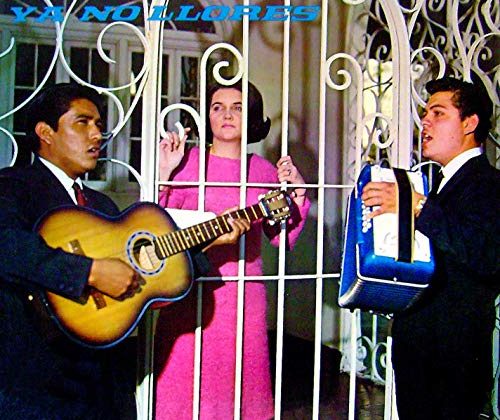Out the Window: The Means and Ends of Design and Planning
At Forbes, I indulged in a “5 reasons” post. You know the clickbaiting technique often used by bloggers and news sites to draw people more clicks and eyeballs. “The 10 reasons you should stop eating tree nuts” or “5 reasons Donald Trump will be reelected.” My topic was, “The Five Things Growing Cities Should Do If There Is A Recession.” One thing I suggest in the post is that cities,
- Abolish design standards — Design is luxury we can’t afford during a recession. Fussing in lengthy public meetings about fenestration, relationships between bricks and Juliet balconies, and demanding frosted glass on windows is a silly and costly at time when people face income loss and need to see lower housing costs. Ugly buildings are cheaper buildings and as long as they are safe, cash strapped consumers will benefit from additional and cheaper supply without all the pointless debate from neighbors worried about how hardy panel makes them feel.
And somebody read the post, or at least that paragraph! Yay! Here’s what the person said,
This is just about the worst article I’ve read. Paraphrasing: “in a recession, we should just throw urban use and design principles out the window”. Uh, yeah….
Not exactly an exposition, but somebody ran the words through their brain. And they got the point. Yes, design standards should go out the highly designed window with the Juliette balcony required by the City’s design standards presided over by regional design review boards. Here’s my response.
Thank you for reading. Seriously. I often wonder if anyone does anymore.
And I support these moves as normative yesterday, today, and forever.
Design principles are expensive and until now incumbents and single-family neighbors have shown unwillingness to pay for them; therefore renters and new homebuyers pay that price, creating inflation.
No great public or even private place was ever designed. Places aren’t great, people are. Whether it is a prison courtyard, a poorly designed street, or an ugly building people can create community there.
I hesitate for a moment — just a moment — before I say that for the most part design and planning is largely an elitist enterprise. My getting into the world of cities began because I fell in love with Kevin Lynch’s The Image of the City. In that book, Lynch creates the basis for a qualitative method of asking people about their experience of the urban environment. That is different from a normative set of quantitative design standards imposed rigidly with juntas presiding over any effort to depart from them.
All of this design and planning slows production of needed housing, adds costs, and contributes to supply lagging behind demand and it does nothing to protect the health and safety of people who live in the housing being churned through the design process; it is entirely for the benefit of people who walk their dog in front of the building or planners who see design standards as deontological — that is, outside experience. A house on a corner lot should have 25 percent glazing, that’s just what God wants.
This is no indictment (and nobody really cares what I think anyway) of the people who believe in design. I think there is a higher ordered and democratic notion that people do benefit from spaces that contribute to their well being in ways beyond material benefit. I would agree that some designs are better than others and do support quality of life in ways that other designs don’t
The problem is that these higher order interests have become corrupted by those who wish to use them as a Trojan Horse to smuggle in destructive economic self-interest into the process; no housing means single-family equity rises. On the other hand, is bad design more profitable? Of course not. People in a housing market have choices and they can weigh the utility of design over other values and usually, when unconstrained, people with more money do pay for more (not necessarily better) design.
But the notion that because they choose to pay for it means that we should demand that people with less money pay for it too, is unfair especially when that imposition is part of a strategy of supply suppression.
Again, I really appreciate you reading the post
The featured image is a reference to one of the best duos in music ever, Ramon Ayala and Cornelio Reyna. Before they broke up the formed Los Relampagos del Norte. You owe it to yourself to explore their music and especially the accordion of Ramon Ayala. I once owned the cassette tape of this album and have a fond memory of listening to it while my dad translated the words for me as it played. The key lines for the purpose of this post come from an all time favorite song on the album, generally known as the Seranata Huesteca but titled, Canto al Pie de tu ventana, which means “I am singing at the foot of your window.” My dad added the colorful story that the duo broke up because one of them ran off with the other ones wife. Sad!
And as long as we’re here, I’ve included a version, much older, of the song by Pedro Infante. Seranata Huesteca is part of the canon of mariachi songs. Mariachi music, with the full set of guitars, trumpets, and violins is truly amazing, but you’ll note the contrast between the more traditional version by Infante and the more intimate one by Ayala and Reyna.
Enjoy!


